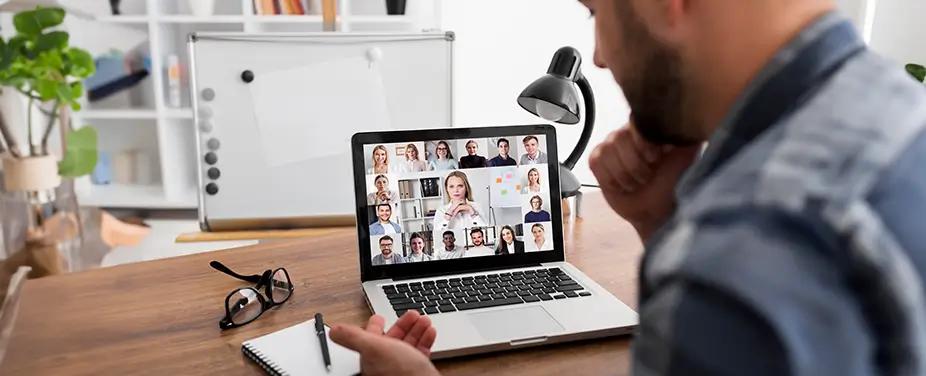
Nearshore to Argentina: Top 5 Reasons to Outsource Your IT to Local Talent
Why is selecting Argentina as your IT outsourcing destination a forward-looking and intelligent strategic move? Check out our top 5 insights now.
April 05, 202414 MIN

Nearshore to Argentina: Top 5 Reasons to Outsource Your IT to Local Talent
Why is selecting Argentina as your IT outsourcing destination a forward-looking and intelligent strategic move? Check out our top 5 insights now.
April 05, 202414 MIN

IT Nearshore Outsourcing to Mexico: Top 5 Reasons to Say Yes
From a US perspective, nearshore software development in Mexico boosts the success of your business operations and workforce management. Discover how now!
April 01, 202415 MIN

Does Everyone on Your Team Speak Up in Virtual Meetings?
The pandemic forced companies to switch to remote work or introduce hybrid work models to adapt and lead through the…
January 17, 202313 MIN